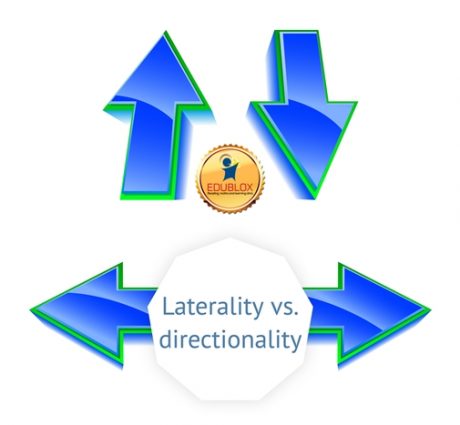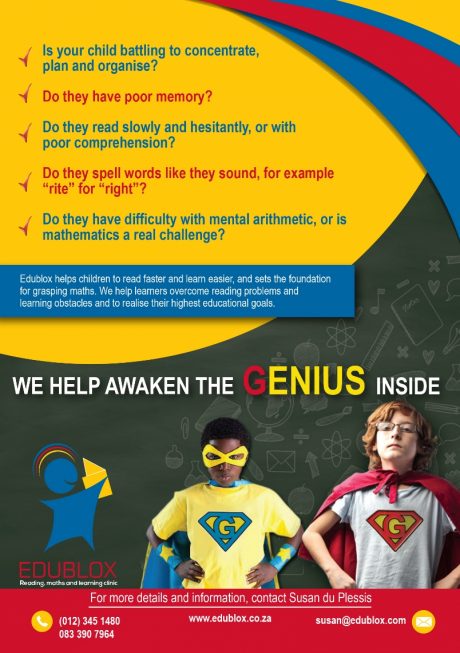
Laterality refers to motor awareness of the two sides of the body, while directionality refers to the ability to know right from left, up from down, forwards from backwards, etc.
The child who has a laterality problem has not yet internalised the knowledge that the body has two sides. One manifestation frequently noted is called midline crossing problem, that is, the child is unable to continue a motor act like writing without switching hands at the point which faces his/her middle. To illustrate, the left-hander writes up to the middle of the page and changes hands or moves to the next line leaving the right half blank, while the right-hander writes from the middle leaving the left half blank.
A child with a directionality problem has difficulty dealing with directions of objects in relation to self, such as “to my right,” “to my left,” “above me,” “below me,” etc. Such a child has difficulty following directions on paper-pencil tasks such as “write your name in the top right-hand corner,” “draw a line under the word ______,” and the like. He may also confuse letters like b and d, numbers like 17 and 71, or write backwards, from right to left, the letters appearing like ordinary writing seen in a mirror.
Edublox clinics specialise in cognitive training that makes learners smarter, and helps them learn and read faster, easier, and better. The classes address:
* Concentration: Focused and sustained attention.
* Processing skills: Visual and auditory foreground-background differentiation; visual and auditory discrimination, synthesis and analysis; form discrimination; directionality and spatial relations.
* Memory: Visual, auditory, sequential, iconic, short-term, long-term and working memory.
* Logical thinking: Deductive and inductive reasoning.
* Reading, spelling, vocabulary and comprehension.
Classes are offered in English and Afrikaans. Contact us








Leave a Reply